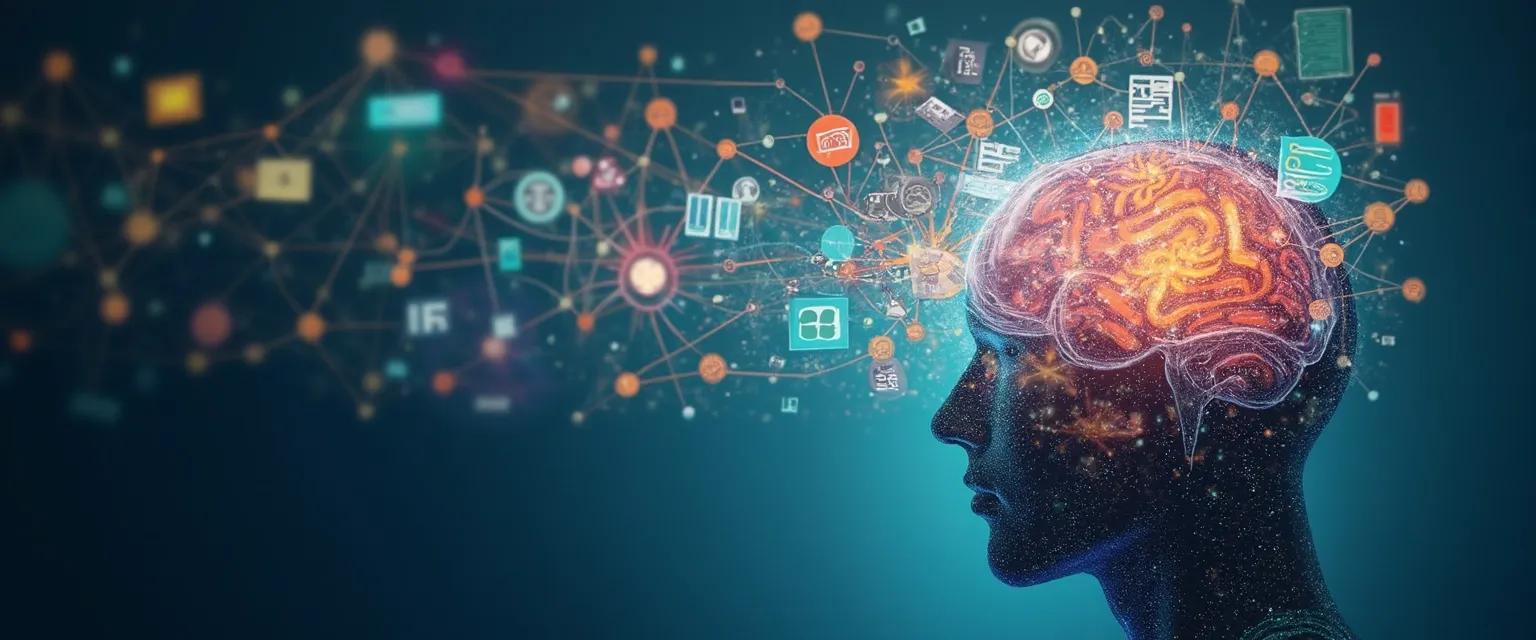Mapping Your Mind: 5 Unconventional Tools For Your Journey of Self-Awareness
Ever wondered why some people seem to navigate life's emotional terrain with such finesse? The journey of self awareness isn't a destination you arrive at—it's an ongoing exploration of your inner landscape. While traditional journaling works wonders for many, let's be honest: who has time to write pages of reflection after a packed day? For busy minds constantly on the move, the conventional approach to tracking personal growth can feel like one more task on an endless to-do list.
The good news? Your journey of self awareness doesn't require hours of writing or meditation. In fact, the most effective self-awareness practices often align with how your brain naturally processes information. Think of these tools as different maps for the same territory—your mind—each highlighting unique features that might otherwise remain hidden in the landscape of overthinking.
These unconventional methods capture insights quickly, making them perfect for professionals who value growth but operate with limited time. By choosing tools that complement your thinking style, you'll transform fleeting moments of clarity into documented progress on your journey of self awareness.
5 Creative Tools to Document Your Journey of Self Awareness
Ready to explore alternatives to traditional journaling? These five tools offer fresh approaches to tracking your journey of self awareness while honoring your unique thinking patterns and busy schedule.
1. Mind Mapping Your Mental Landscape
Mind maps create visual representations of your thoughts, perfect for non-linear thinkers. Start with a central emotion or challenge and branch outward with connected thoughts, patterns, and insights. This technique reveals relationships between seemingly unrelated aspects of your experience, offering a bird's-eye view of your journey of self awareness that linear methods often miss.
2. Voice Memo Reflections
Transform commute time into reflection time with quick audio recordings. Speaking your thoughts activates different neural pathways than writing, often leading to spontaneous insights. These verbal snapshots become a timeline of your evolving emotional responses to pressure, capturing nuances that might get lost in translation when writing.
3. Visual Timeline Tracking
Create a simple horizontal line representing time, then plot significant emotional experiences, breakthroughs, or challenges using colors, symbols, or brief notes. This bird's-eye view reveals patterns in your journey of self awareness that might otherwise remain hidden. Seeing months or years visualized can highlight cycles, progress, and recurring themes worthy of attention.
4. Digital Mood Collages
Collect images, quotes, songs, or screenshots that resonate with your current emotional state using digital tools like Pinterest or dedicated apps. These visual collections become emotional time capsules—powerful representations of your internal state without requiring extensive writing. Reviewing these collages reveals subtle shifts in your journey of self awareness over time.
5. Body Awareness Mapping
Using a simple outline of a human body, mark where you physically feel emotions like anxiety, joy, or tension. This practice bridges the gap between physical sensations and emotional awareness, an often overlooked dimension of self-understanding. These maps track how your stress responses evolve throughout your journey of self awareness.
Integrating These Tools Into Your Journey of Self Awareness
The most effective self-awareness practice is one you'll actually maintain. Consider these strategies for incorporating these tools into your life without adding stress or overwhelming your schedule:
First, match the tool to your natural thinking style. Visual thinkers thrive with mind maps and collages, while verbal processors benefit from voice memos. This alignment makes tracking your journey of self awareness feel energizing rather than draining.
Second, attach these practices to existing habits. Record voice memos during your morning coffee, create body awareness maps before bed, or update your visual timeline during weekly planning sessions. This integration eliminates the need to find "extra time" for reflection.
Finally, remember that consistency trumps perfection. A brief, regular check-in using your chosen tool creates more value than elaborate, occasional documentation. The goal isn't comprehensive analysis but capturing signposts along your journey of self awareness.
These unconventional tracking methods offer something traditional journaling sometimes can't—a way to document growth without feeling like you've taken on another job. By finding creative alternatives that honor your thinking style and time constraints, you transform self-awareness from an aspirational concept into a practical, ongoing journey of self awareness that enriches every aspect of your life.




